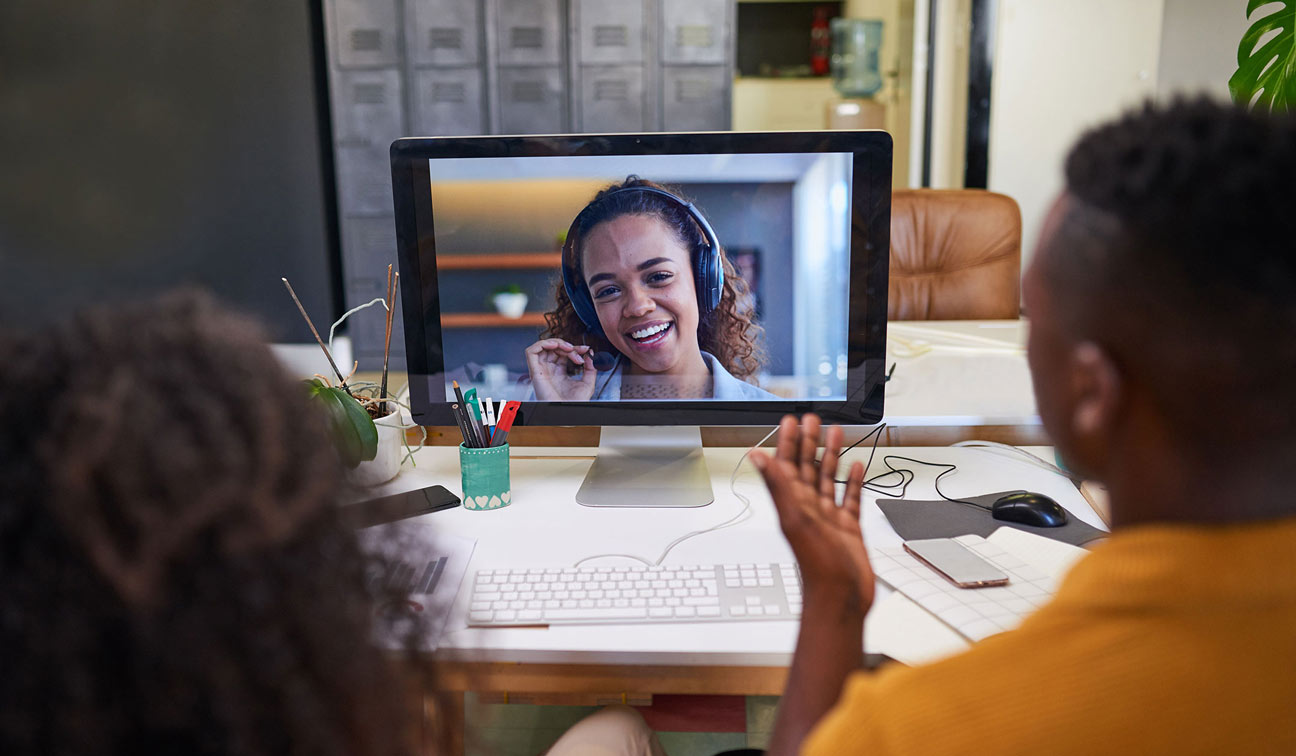Mastering Hybrid Learning
We all know that the learning environment has vastly changed as a result of the pandemic. Hybrid learning, combining virtual with face-to-face instruction, is becoming common. It is easy to think that hybrid is the best of both worlds – and combining them should be easy.
But what you may not realize when transitioning to hybrid is that it is not just bolting on virtual with face-to-face instruction -- it is a completely new ball game that only those in-the-know will be able to survive (and thrive) in.
Hybrid can be successful for everyone – it just takes planning. Here are 7 ways you can help ensure success, plus some (unsolicited) advice on how to get it done.
- Have every individual log onto a personal device, no matter how they are participating. This is critical to the success of a hybrid program. Even learners in the F2F environment should have laptops logged into the virtual classroom. Then everyone can participate in shared activities and contribute to chat conversations. It creates a consistent experience.
Pro Tip: In an in-person classroom, the virtual classroom should be projected with the slides running through the platform. Encourage all questions to come through chat before they are spoken aloud – this draws in the remote participants.
- Re-imagine the role of the producer as the learner advocates for all participants. Ideally, the producer is co-located with the facilitator and actively manages the virtual experience – ensuring that the voices of remote learners are "heard" by everyone. The producer can especially help a multicultural cohort by repeating and rephrasing activity instructions, using chat to summarize the in-person experience, and being an overall instructional partner. The producer is critical to the success of hybrid.
Pro Tip: The facilitator and producer need to work together as an instructional team, and when the producer "interrupts" the flow of the program, the facilitator needs to trust it is for the good of all the learners. Rehearsal and relationship building are key.
- Incorporate learning technologies (video, breakout rooms, whiteboards, third-party integrations) that are effective for all environments. While virtual classroom platforms like Zoom and MS Teams have more limited functionality on mobile devices, incorporating products like Mentimeter and Beekast into your VILT designs can engage learners on smartphones in the same way that they engage learners on less mobile machines.
Pro Tip: Rehearse. Take the time to go through the activity as a learner and as a facilitator to check that everything works as planned. This will help to avoid operating errors like knowing exactly when to click so you do not spoil a quiz by revealing the answers.
- During content development, include activity design options that are effective for a hybrid learning audience. There should be options for working individually, working with online groups, and working with a group of people in the same room.
Pro Tip: Do not plan on co-located learners to interact well with remote learners in breakout activities. It is hard to manage and has less of an impact. Breakout activities should be designed in a way that makes interaction easy – not more complicated by learners having to figure out how to maximize the engagement for other people.
- Facilitate in a way that maximizes emotional engagement and psychological safety of all learners. Emotional engagement is about safety. All competent facilitators know to keep an eye on their learners, but are they really “seeing” the individuals? Facilitators can gauge whether or not people are actually listening using basic techniques, but how do we know they are actually learning? It is even more complicated in a hybrid learning environment.
Pro Tip: One way to ensure learners are emotionally engaged is to practice active and reflective listening. This is not as obvious as it might sound – the overabundance of webinars over the last 20 years has taught facilitators that the virtual classroom is about us talking, and not listening to learners. The facilitator, with the support of the producer, needs to ensure the learners are contributing to the class. This creates a sense of belonging and starts to foster community.
- Adapt activities "in the moment" to accommodate the actual audience composition. Virtual facilitators are nimble facilitators! Be ready to pivot to maximize the experience for everyone. Use the producer to help you!
Pro Tip: Run some kind of icebreaker at the beginning of a session to get an understanding of the group composition.
- Make hybrid a part of your blended learning model. As your learner groups become more remote and multicultural, blended learning becomes a more reasonable solution. Blend self-directed and "remote group" learning activities into the program to connect learners in between live sessions. Learners can work on self-directed activities in a language that works for them at a time that works for them, and also collaborate with "local" colleagues.
Pro Tip: Intellectual engagement will certainly be stimulated when the “together” time is used to deepen learning and practice, while self-directed content is used to reinforce foundational materials.
This approach will help your learning organization create effective and engaging hybrid virtual learning experiences and ensure all aspects of the learner experience are accommodated - and no learners are left behind.
 Karen Vieth
:
Aug 2, 2023 12:34:49 PM
Karen Vieth
:
Aug 2, 2023 12:34:49 PM


